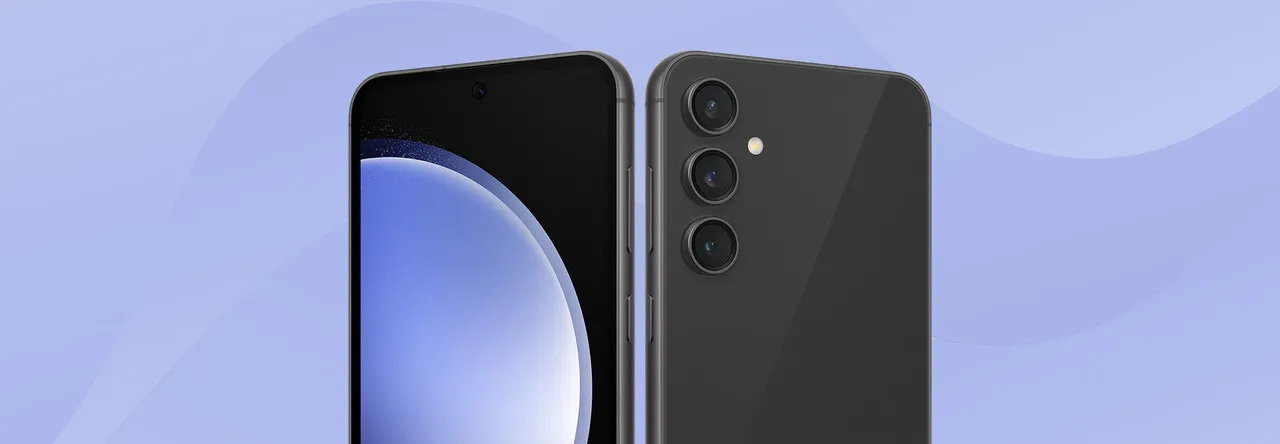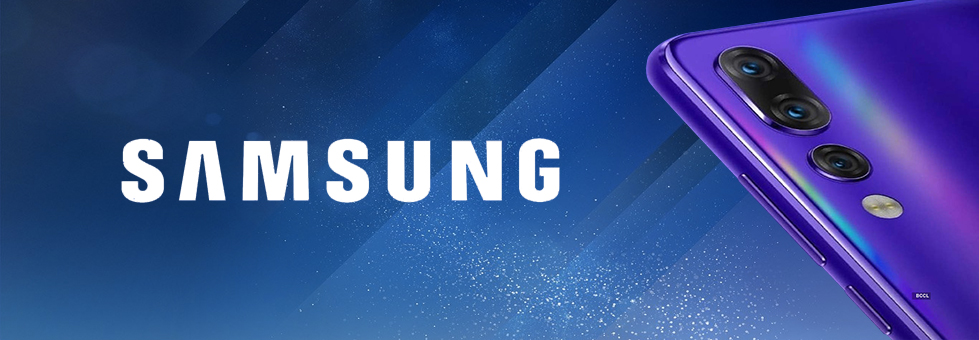Samsung Galaxy S23 FE Review: A Real Treat for the Fans!
Mondo Admin / 19-10-2023 / Tech
You might have thought Samsung was hitting the 'cancel' button on its Fan Edition (FE) smartphones due to the lack of news about the device for a long time, but thankfully, the waiting and wondering is over. Samsung has just released the latest iteration of the fan favourite smartphone as the new Samsung Galaxy S23 FE, and it doesn’t disappoint.
Packed with all your favourite features from the flagship Galaxy S23 series but with a much more affordable price tag, this is the device you’ve been waiting for if you’re on a tight budget or simply don’t want to drop obscene amounts of money on a smartphone.
Designed for the fans
At first glance, you might mistake the Galaxy S23 FE for its pricier sibling, the Galaxy S23. They both sport the same aluminium frame, Gorilla Glass 5 on the front and back, as well as individual rear camera cut-outs. But if you want to really stand out from the crowd, the new S23 FE has something special up its sleeve – a splash of vibrant colours. Think Mint and Purple alongside the more traditional Graphite and Cream options. Typically, upper mid-range phones like these tend to stick to neutral tones like white and black, so it’s refreshing to see Samsung getting creative by offering more choices of cool colours.
Disappointing display? Not with super-vision
A smartphone without a great display is like a rainbow without its colours. With the Samsung Galaxy S23 FE, you don’t have to worry because you get a 6.4-inch Dynamic AMOLED screen that delivers rich, detailed colours and lots more. It brings movies, videos and games to life – so you can get immersed in your favourite content at home and on the go. Plus, it’s powered by Vision Booster technology, which might sound like it’s straight out of a movie, but it's actually a handy way to optimise your display settings for clear visuals, even under our bright South African sunshine.
Shoot your shot
Get ready to shoot like a pro with crystal-clear triple rear cameras. The Samsung Galaxy S23 FE features a 50MP main camera, 12MP ultrawide lens and 8MP telephoto camera with 3x optical zoom. Whether you’re capturing memories in the brilliance of daylight or the intricate details of a nightlife scene, these cameras deliver. Even more impressive is that you can record videos in whopping 8K resolution, which is normally reserved for much pricier flagships.
No couch potato
If you were wondering what's behind all the power offered by the S23 FE, it’s the lightning-fast Samsung Exynos 2200 chipset, a powerhouse that handles daily tasks and demanding apps with ease. Whether you're into live streaming, video editing or crafting social media masterpieces, the Exynos 2200 provides the processing power you need to get things done quickly and efficiently.
Samsung has also amped up the RAM compared to previous models, upgrading it from 6GB to a hefty 8GB. This is paired with the very generous 256GB of onboard storage to keep you in the fast lane.
Bigger, bolder battery
Looking for a dependable smartphone that keeps powering on even through movie marathons or gaming battles? The Galaxy S23 FE won’t die on you just when things are getting interesting. It's got a 4500mAh battery that’s bigger than the ones in the Galaxy S22 and Galaxy S23, which is impressive in its own right. You can watch videos for up to 22 hours, browse the web for a solid 20 hours and keep the beats going for close to 70 hours. Now that is an impressive feat.
And when it's finally time to refuel, the S23 FE offers a zippy 25W wired charge that can take your battery from zero to 50% in just 30 minutes.
Intuitive intelligence under the hood
The interface on the S23 FE keeps the familiar look of other recent Galaxy devices and is powered by Samsung's One UI, which sits atop Android 13. The UI delivers a clean yet cutting edge experience that will keep up with the latest updates thanks to years of software support. Samsung has committed to providing four major OS updates and five years of security patches, ensuring your device stays current and secure for the long haul.
Verdict: a flashy flagship in disguise?
The Samsung Galaxy S23 FE is priced lower than the entry level Samsung Galaxy S23 option, which means you’re saving big while still getting premium specs and features. Plus, did we mention 8K video recording capabilities? Samsung has cleverly repackaged the most-loved aspects of the Galaxy S23 range and made them accessible to more people with the S23 FE. We can’t recommend this phone highly enough!
Find the latest Samsung deals and apply online in a few easy steps right here.







